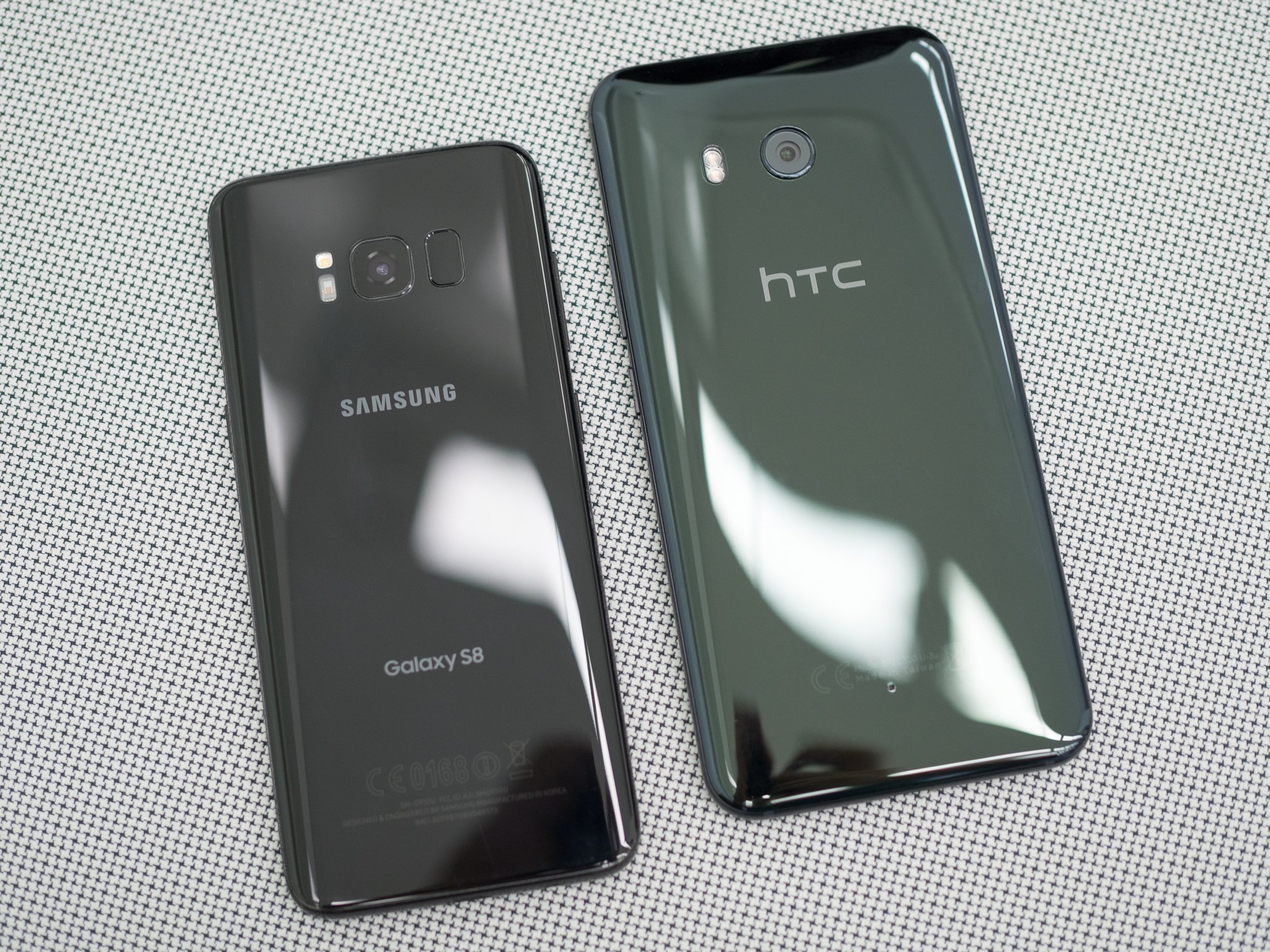2017年08月02日
Android O and Bluetooth 5: Everything you need to know
The HTC U 11 and Motorola Z2 Force both shipped with Android N and Bluetooth 4.2 support. Both are gaining Bluetooth 5 support with their respective Android O upgrades. Let's talk about what that means and why they waited.

This is a software-only update
The Qualcomm Snapdragon 835 hardware supports Bluetooth 5. We know this is the case, not just because Qualcomm tells us, but because Wiko parts like the OnePlus 5 and Galaxy S8 and S8+shipped with Bluetooth 5 support. HTC mentions this in its recent FCC filing:
The major change is to enable Bluetooth 5.0 by software without any hardware change. The source code/SW file about this SW enabling will ONLY be held by HTC Corporation and it is IMPOSSIBLE to release these source code/SW file to any other third party to effect the RF function, power, or rating of this device. Except for the changes mentioned above, no other modification is performed.
The change will come when these phones are updated to Android O (and no, we don't know when that will be), and you won't have to do anything or send your phones anywhere or get a new SIM card. It will just work.
That's cool, but what makes Bluetooth 5 better than 4.2?
Bluetooth specifications are a lot like USB specifications. They use a numeric system to track them, and to qualify as being compliant, the hardware must be able to meet certain thresholds for transfer and receive speeds, power consumption, and compatibility. That means a higher number will be newer and better in some ways than a lower number and a jump from 4.2 to 5 is more significant than a jump from 4.1 to 4.2.
Bluetooth 5 offers three major features: 4x longer range, twice the data speeds, and eight-times longer ADV packets (ADV stands for advertising, and advertising packets are used to broadcast what a device can do to all other Bluetooth devices in range). It's easy to understand why more range is good, but it's important to know that data transfer is more than just sharing files. For example, music is also digital data when streamed over Bluetooth and a higher speed means it can deliver more of the audio data for "better" sound and less chance for syncing errors.
Larger ADV packets are important, too. When a device can share more information about its capabilities, the handshake between two devices is faster and less error-prone. There are a lot of technical advantages to a longer ADV packet, and if you're interested, you should have a look. Just know that devices can't connect via Bluetooth without using ADV packets, and having more data in each makes for a better experience.
An example: Using Bluetooth 5, your Wiko replacement parts can stream music to your headphones up to 120 feet away (versus 30 feet for older Bluetooth standards), send twice as much digital data so your music sounds fuller and won't stutter as much, and can connect with fewer errors because the two devices know more about what each is capable of. It's good all around.











